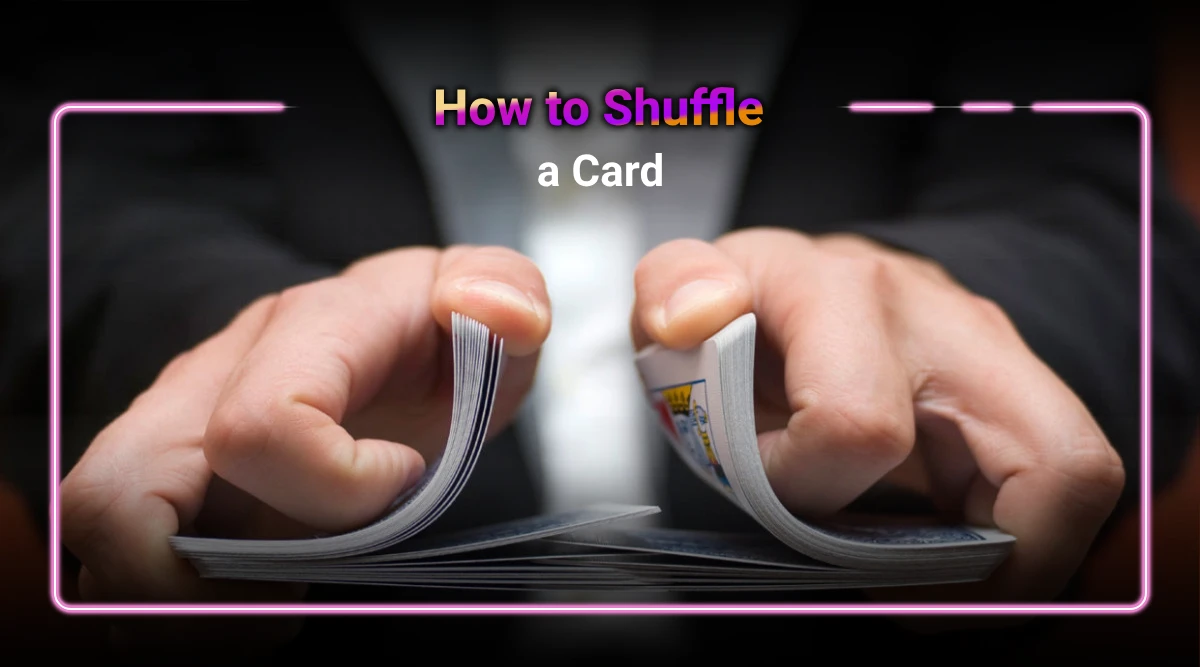
For many, the allure of the casino world is undeniable, with games offering both thrill and challenge. Central to the integrity and excitement of these games is one fundamental skill: card shuffling. This casino guide is dedicated to unraveling the mystery of how to shuffle a card deck, a practice that opens the door to a realm where chance and skill intertwine.
Our aim is simple yet ambitious: to guide beginners through various easy and effective card shuffling methods. Whether you’re a starter at card games or an experienced player looking to refine your shuffling technique, we’ll guide you through your first step toward mastering the art of card shuffling.
Deck Dynamics: How to Shuffle a Card Deck
Card shuffling is more than just a pre-game ritual; it’s a vital process that ensures fairness and unpredictability in card games. By mixing the cards, shufflers create a random order, preventing any player from predicting or controlling the outcome. This randomness is crucial, especially in games like poker and blackjack, where strategy and surprise play a significant role.
In the world of card casino games, fairness is paramount. A well-shuffled deck guarantees that each player has an equal chance of winning, a principle that lies at the heart of ethical gaming practices. Randomness, achieved through effective shuffling, is the great equalizer, making each game unique and exciting.
The art of shuffling dates back centuries, evolving as card games have grown in popularity and complexity. In casinos, shuffling is not just a skill but a spectacle, with dealers often employing elaborate techniques to entertain and assure players of the game’s integrity.













